Its fur changes color with the seasons, with a brownish gray color in the summer, and a more silvery brown in the winter, to help it blend in with its environment.
Other features that help it survive in winter are its wide, furry paws, which help it keep warm and balanced when walking through deep snow.
The Canada lynx eats almost nothing but snowshoe hares, so their populations are often influenced by each other, but it can also eat rodents, birds, or even deer if they're strong enough to go after one of them.
When hunting, the lynx likes to sneak up on its prey and pounce on them, like most cats, taking advantage of hiding places and its camouflage.
While the Canada lynx is not considered endangered, it still faces threats, like any other wild animal, due to habitat loss, human hunting, and other factors. But it has the advantage of enjoying the cold weather up north, where humans are less likely to expand, giving it a good chance of surviving for a long time.


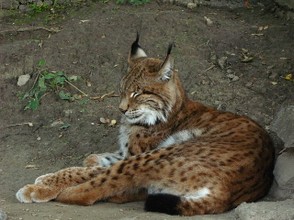
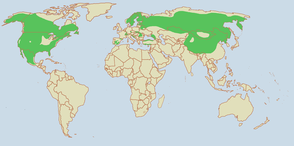
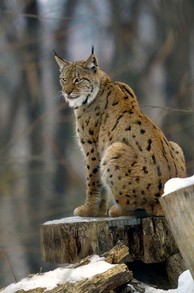
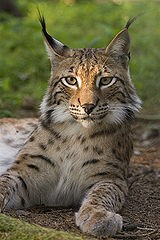



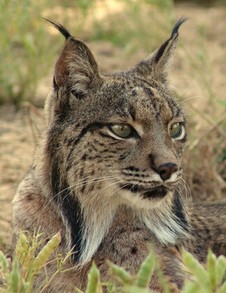
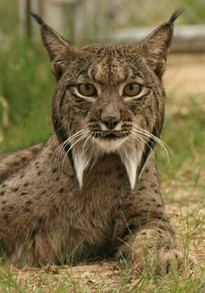



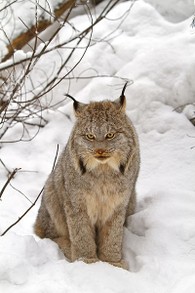
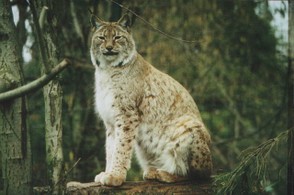
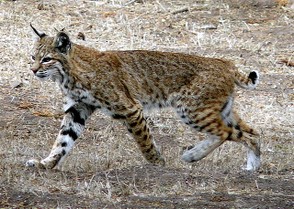
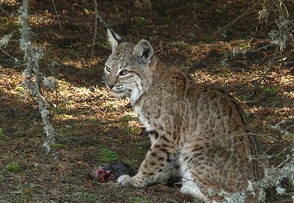



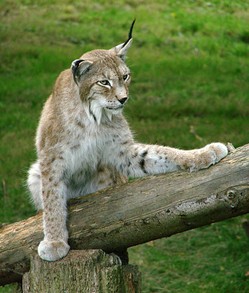
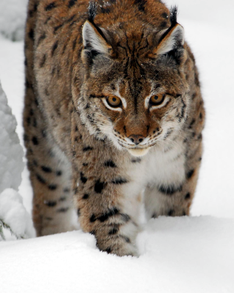
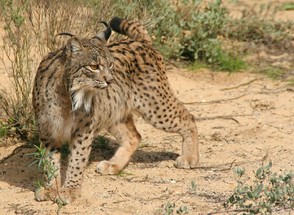
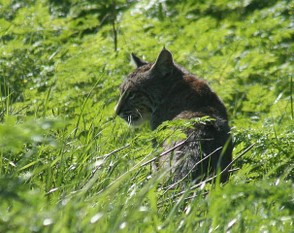



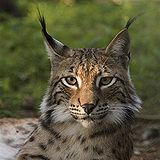

 Panther Facts for Kidson 05/01/2012
Panther Facts for Kidson 05/01/2012
 White Tiger Facts for Kidson 04/29/2012
White Tiger Facts for Kidson 04/29/2012
 Siberian Tiger Facts for Kidson 04/28/2012
Siberian Tiger Facts for Kidson 04/28/2012
 Bobcat Facts for Kidson 04/24/2012
Bobcat Facts for Kidson 04/24/2012
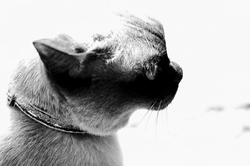
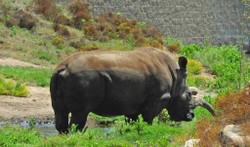
Comments
I live in one of countries where you can still encounter a lynx in a forest. He belongs to the 'big three' family of big beasts of Europe (together with wolf and bear). Interesting facts you presented. May I add another one?
Our national hockey team has nickname 'Lynxes'. It is not a team of superstars (o.k., with the exception of Anze Kopitar from LA Kings), but it has big and brave heart like the real lynx...